A couple of eventful years ago, after driving up the spine of South Africa while wearily watching the glow of a lit t-belt light, our initial reward upon entering Kruger through the Orpen gate had been elephants, my first encounter with them in the wild. From neurotic mud-covered attractions swaying at the far corner of a smelly zoo enclosure, the magnificent giants had metamorphosed before my amazed eyes into the largest land mammals alive, and a force of nature to be reckoned with.
The mighty Kruger is a complete ecosystem, spanning millions of hectares and sharing an open border with Zimbabwe’s Limpopo. Predators roam and poachers hover.
Addo on the other hand, despite being ranked third largest of SANParks and proudly featuring the big five, is less ambitious and split into multiple sections. There is even a self-contained coastal area where nautical sightseeing takes over and salty spray replaces dust. Tours head out to the seasonal world-famous sardine run, and great whites as well as southern right whales are often spotted, humorously raising the overall ranking of the park to “Big 7”, probably a first.
I must digress for a moment here and mention that the term “big five” (lions, leopards, rhinos, buffaloes and elephants) stems from not-so-long-gone game hunting days. Along with the word safari, it has been adopted for less invasive tourism purposes. But make no mistake about it. We now live in an overpopulated world struggling for its biodiversity. Countless species have gone extinct at the hand of man and many more are threatened, including some of the big five. I think that today hunting for sport and trophy is despicable. So is poaching. I refer to the big five in a caring way, and wish not be added to the predator list. As for safaris, the only shots involved should be of the pixel or silver halide kind – close-ups, panoramas and HDR, with (only) a sprinkle of selfies. End of digression.
Although she is not a Mercedes, Mogashagasha’s virtual cross-hair was set on the park’s main – and central – section. A significant northwestern extension would remain unexplored as we only had allotted a three-night stay on our northbound journey to Mokala.
Having been allowed in at the southern gate isolated on a nondescript secondary road, we still faced forty slow kilometers to check in at the main camp. Cunningly as always, Marie had booked us all the way north at the isolated Nyathi Rest Camp whose restricted access is granted remotely from the main reception.
The park road climbed lazily through thick bushes that reminded me of the Kruger’s mopane. Behind us in the mirrors glimmered the coast and its immense beaches of bright sand. Passing a small hump in the rising terrain, we descended into a lusher valley and came up to a few cars and minibuses parked anarchically and blocking the way. It was the infamous game park traffic jam. To our left in a grassy field were our first elephants, hanging out in a tight cluster on a muddy patch, a few newborn huddled in the center.
I resisted the urge to snap shoot and move on, unconsciously trying to understand the scene at an elemental level. Elephants have sophisticated social interactions, families mingling at will within the herd. They can communicate through seismic energy in the infrasound range from up to twenty miles away. We suspect they have phenomenal memory, enough self-awareness to recognize themselves in a mirror and that they mourn their dead. They are remarkably intelligent, thus, and I am not. So I paid attention and tried to listen with my eyes.
Moving on at last, we pondered the encounter out loud for a while, and then longer in silence. Upon reaching the main camp, we parked under large trees and raided the shop to add extra matches, tonic water and fire lighter to our arsenal. Check-in was expedited and we were briefed loosely to a complicated set of drastic actions one does not expect in a National Park: honking loudly to get a gate open, carefully crossing a railway, and finally letting ourselves into the unguarded camp with a… remote control.
Once limited to the main southern section we had just crossed, Addo eventually expanded much further to the northwest, but a road and railway had to be spanned and effectively cut the park into two hermetically split zones. Our camp had been chosen for its isolation and was hidden the section north of the tracks. We branched off the main road at a sign restricting access to permits only – that was us, drove down a hill and arrived at the double gate.
A couple of vehicles had already been let out of the park on our side, had crossed the railway and the road and were awaiting to be let in on the other side, like ships crossing locks on a navigable way. The gate attendant interrupted his process with them and came to help us out too so that he could let all vehicles in on the other side at once. When a park is home to predators, rangers keep a tight watch on access points.
To prove the point, once we had crossed and stopped behind the other cars a man in a ranger’s uniform walked towards us. Thinking he was checking papers, we rolled a window down and handed our clearance away. He waved his hands in a modest refusal and said “No, no, those are for the security. I just came over to tell you that,” and his voice took on a conspirator’s tone, “there is a lion over there under that bush!”
He was pointing behind us and we looked over our shoulders incredulously. Sure enough, less than a hundred feet off the road we had just driven on, a male lion was passed out under a thorny acacia, belly up and most probably full. I ripped my camera out of the bag and ran across the tar to squeeze a few shots in through the fence. Ironically, we had just scaled the entire southern chunk of the park but had to have found our big cat next to the gate. We joked that he had probably been watching trains roll past and fallen asleep.
Through the second gate and back inside the park, we drove on and only a few minutes later, my eyes having just been fine-tuned to the ragged, bushy look of a lion’s presence, I stepped on the brakes, backed up apologetically to “check something” (our code for having high expectations but not wanting to get the other’s hopes up), trained the telephoto to the edge of a field, and sure enough there lay another lion, its enormous mane making us think that he was the infamous Sylvester.
Between our two visits to the Karoo National park, in 2010 and again three years later, lions were introduced to the park. One of them, arguably attracted by a glamorous life outside the fence, managed to escape twice, slaughtering sheep in the meantime because, well, he was hungry. He was eventually caught and earned himself an appointment with the vet’s needle, having been labelled a troublemaker. His name was Sylvester.
At the last minute however, public support – and I am sure this did not include the farmers having lost their sheep to the lion’s orgy – saved Sylvester’s skin and he was finally released in Addo to start a new life along with a few other lions. Whether this new home will satisfy the escape artist remains to be seen. In any case we would later find out that Sylvester in fact had been relocated much further west in another section of the park, so our lion that day remains nameless. I think I coined Jester but it was rejected.
Some twenty kilometers into nothingness, having met no another vehicles in this more secluded permit-only area, we arrived at the camp gate we had been expecting, clicked a button on our remote and let ourselves in, dutifully closing behind us. A dozen cottages were lined up on a low ridge, ours being second to last on the right. I backed up carefully to the rondavel-like structure and we walked in for a ritual first look, immediately impressed. Consisting of a single, circular room with the bed at its center and kitchen space cleverly arranged at the bed’s head behind a half wall, the cottage opened onto a wooden balcony, built right on the edge of a small drop-off to the bush below.
At the balcony’s left extremity was an enormous braai with its own chimney, conveniently set right next to a recirculated dip-in pool which made us regret being out of season. On the opposite side of the cottage, a short hallway angled down towards an adjacent but smaller structure with a spacious bathroom and its own suspended balcony. Fifty percent of the cottage was open to the outside by floor-to-ceiling glass doors. There was satellite TV – which we would ignore – but certainly no wifi or phone reception. The only strange feature was an exterior, bizarrely shaped cone saddled atop the bathroom extension and which seemed incongruous and did not blend in well with the rondavel style. It looked like Africa meets Star Wars.
But we were sold, and looked delightfully forward to stalling in without having to transit anywhere other than within the park, IF we felt like it. Our boerewors supply was good and the main camp’s handy shop had provided us with a few novelty items such as Gin, a bush hat to protect my nugget and a wooden cheetah that would compete in NYC with cartoon figurines invading other people’s desks (it’s a long, silly story).
The following two days passed softly like tides on a shoreline, ebbs and webs alternating as we ventured out and retreated back in to braai.
Stopping the following morning at one of the rare viewpoints where getting out of vehicles is allowed – at one’s posted own risk of being eaten, mind you – we walked around for a few minutes and while Marie settled on a bench to setup our coffee and rusks, I darted right and left searching the landscape for hints of an unusual presence, telephoto in hand. When I came back she had broken the breakfast out and was under siege by a company of yellow weavers who appeared to have a well-rehearsed morning routine. So we obliged them – diplomacy before conservation.
The thing is, even though we got our share of Cape buffalo, eland, kudu, Burchell’s zebra, red hartebeest, an impressive concentration of warthogs, and even the gregarious mousebirds – all sub-Saharan Africa exclusives, Addo turned out to be a touch monotonous, and we fought a slight onset of mopane syndrome even though this was more hilly than Kruger had been.
There was no doubt in my mind that elephants were sustaining the park through sheer size and wow-factor. Where the Kruger’s elephants had been hanging out in small groups – with the exception of the cinematic Letaba and Olifant River crossings – here in Addo they systematically congregated in vast herds of fifty to eighty animals.
To our delight, such a herd spent an entire day and night in the fields surrounding our camp. We observed interesting social behavior, from elephant sex seemingly drawing in half the herd at a trot, to a peculiar, almost military convoy technique that had us scratching our heads: over the course of a few hours and well into the night, the enormous but greatly spread-out herd – we counted around eighty individuals – came marching slowly from all directions to a choke point a stone’s throw away from our balcony. After a while, we noticed that there was almost always an elephant stopped at a precise spot on the path. But sizes changed and eventually we realized the animals appeared to have been taking turns, like runners on a relay course, and actually awaited a specific relief to move on while others passed right by. Why that precise spot, we will never be sure. For all we know there are such locations along the entire column. Maybe one animal stays at difficult turns or changes in direction. How they decide who stays and who goes is a mystery as some rather small elephants took their turn in, valiantly doing nothing. But they also played, youth being universal.
One afternoon, we ventured out of our zone seeking another park entrance to the western sections. It was poorly indicated but, combining a small park map with Google’s wit, we mustered an educated guess and resolutely turned towards the mountains, through orchards which at last filled the air with an extraordinary citrus presence. A long, winding road climbed sharply along the southern side of the escarpment, covered in a thick, jungle-like vegetation that reminded me of the coastal Tsitsikamma forest. At the top, an isolated hamlet stood stoically under thick clouds and the air was cold and wet, very much like Lesotho’s desolate plateau had been atop the mighty Sani Pass.
Finding the park entrance, we drove onto an utterly deserted short road. A ranger wearing a warm coat greeted us, hiding the best he could his surprise to see us appear, out of season and the mist, in such gloomy conditions. He explained that this was only a walk-in gate and offered a photocopied, hand-drawn map depicting an hour-long dotted loop. We hesitated. To cheer myself up, I imagined him saying something like: “Your mission, should you choose to accept it, is to follow the trail in these awfully crappy conditions. This map will self-destruct in five seconds.” But, irremediably separated by a deep cultural chasm, he would not have appreciated.
We had come this far and were not going to back out, so we put on a sweater and ventured into the cold dampness. Light rain greeted us and yet we pushed on for a while. But birds seemed to have retreated to secret dry hides and plants were not so exciting, so having gone maybe a quarter of the way, we stumbled, fumbled, and finally, humbled, doubled-back and bailed.
When we got to the Landcruiser the ranger was nowhere in sight. Marie was cold and we got in quickly. I turned the ignition key and was faced with an absolute lack of any mechanical feedback, a.k.a. nothing. Repressing an outflow of alarmed thoughts rushing back to the Kruger incident, I calmly ran a mental checklist, double-checked I was in Park, had not left any lights on, was stepping on the brakes, the usual. I was not even getting any panel lights on the dashboard. Battery absolutely flat, or worse.
So I popped the hood open to check our batteries, since the Landcruiser has two. Marie had mentioned they had been changed not so long ago, and I suspected they were the culprits. Immediately finding the reason to our issue was a great relief. One of the positive leads had not been tightened enough on a smaller terminal than the previous battery had been coupled with, and had been knocked off by intense vibration on the park’s dirt roads. The remaining battery was obviously not strong enough to start the engine, or maybe they were connected serially.
I looked for an adjustable wrench in our very small toolkit – I must admit I had dutifully brought along the large jack and jumper cable kit but I had forgotten to address tools – but had none. Pushing the cable back in place without tightening it, I was able to restart the engine. We mentally brushed the sweat off our foreheads and drove down the mountain and back to the park for a conservative sightseeing drive.
In an unusual setup for SANParks, the main camp is outside the game area and un-fenced. At the gate, we explained we were returning, as always before; I had our booking and entry/exit permit in hand but was waved through by a distracted lady. Not asking any questions, I drove in and as we were passing the boom it came down on us hard, hitting the roof and dragging along until clearing the back.
Rather furious, I parked to the side and inspected the Toyota’s roof for damage, fearing the worst, as a picture of a mad warthog dashing through roots (or human bowels, one has to refer to Pagnol for that) flashed through my mind. Thankfully there was a light mark a few feet long where the boom had made contact but it was hard to see unless I stood up on the running board. The lady had walked out of her booth and a couple of other park employees were approaching, alarmed, and asked what had happened. “She waved us in,” I said angrily, “and lowered the bloody boom on us. That’s what happened.” I’m sure the expletive was silent.
We might as well have been addressing an arriving party of Jupiterians in Esperanto. This kind of situation was obviously not included in the single-page training manual of underpaid park employees and no one had a clue of what to do. We waved them off and drove on, discussing the value of reporting the incident at the main reception, and officially adding the roof scratch to Mogashagasha’s long battle scar list, most of those inflicted by time and a beloved fatherly absentminded driver who sadly is losing touch with the reality of his Landcruiser’s dimensions.
Reception had nothing to say. This would be escalated to a supervisor and probably would end up in a claims file as thick as the combined volumes of the Britannica Encyclopedia, squeezed somewhere between the case of the Italian shoe ruined by its wearer stepping out of the BMW against park regulations and into beautiful, mushrooming elephant dung, and the infuriated complaint about the park’s obvious lack of 5G connectivity and jaguars. We gave up.
At another walk-friendly pit stop, we found ourselves stuck once more. Thanking all the bush gods I could think of for letting this happen at a safe location rather than an unsafe zone where predators roamed and my skinny Frenchman buttocks would be considered appetizing hors-d’oeuvres by the local carnivore jet-set, I popped the hood again and re-seated the cables – both sides had come loose this time. It was time for a fix. We drove back to the main camp and asked to borrow a wrench. The reception folks did not have tools but called the camp’s mechanic who showed up a few minutes later with a box-full of hexagonal sockets, much better than a wrench as the bolts needing tightening were a bit recessed. Murphy’s law being at work, it turned out the size 10 we needed was the only one missing in the kit. I gritted my teeth but he hurried back to undisclosed recesses to recover his possession and soon, both battery leads were securely fastened and we had our trustworthy Mogashagasha back.
It was time to braai. Beautifully painted swallows buzzed around our cottage from late afternoon and a couple had their nest under the lower edge of the roof’s thatch. Waiting out some rainy weather, they stood guard on poles by the pool, a few feet away, entrancing us with their stunning robe of steel blue and rusty orange feathers.
Later in the evening, the lovely call of multiple fiery-necked nightjars echoed through the darkness, rare to us and yet so simply normal in the moment. Day and night, the humbling sound of crushing wood also erupted through the vastness as massive branches were torn down carelessly by hungry behemoths.
The third day at dawn, relinquishing our right to a coffee start, we packed up sleepily and drove slowly to the gate, hoping for a last lion. It was not meant to be.
Out of the park, I steered left to the east and the north, driving on relentlessly under an ominous dark sky, lightning striking in the distance and the rain at times pouring so hard our wipers were almost overwhelmed. The road was often impossibly straight and appeared to stretch to infinity.
Far behind us, I imagined, bipedal animal stalkers were going to seek shelter while the trumpeting herds reveled in their renewedly muddy pits.
And roads to me are a sign, too, of a country’s health. They are tax money at work, they are civic engagement, they are an expression of a functioning governing body. This beautiful N10 filled me with optimism.
Marie Viljoen, 66 Square feet
Pushing inland while at last sharing rusks and smoking-hot coffee from the Thermos, we cut through the Cape Fold Belt ripples then climbed up the Great Escarpment and unto the Southern African Central Plateau, as we had done on its western flank on our Namaqualand Bloom expedition.
We stopped at the Daggaboer farm stall. Great roosterkoek to be had there, but these people sadly do not understand the value of friendly service and the koeksisters picked in the freezer ended up being two weeks past their sell-by date. Scurrying past Cradock as we brushed sandwich crumbs off our laps, we mentally saluted nearby lovely Mountain Zebra SANPark.
Grandiose storms accompanied us as we cut deep into the Great Karoo, aiming towards De Aar and then Britstown where we veered through sheer poverty to the northeast, on our last stretch to Mokala National Park, a place of rust, ochre and gold.
«The Road to Mokala» Series
Want to read the entire series of stories? Start here
Already reading sequentially?
Previous story: The Road to Mokala, Part 2 – Ride of the Tsitsikamma Dolphins
Next story: The Road to Mokala, Part 4 – Vermilion, Ochre and Gold
Marie’s recount: Addo – place of elephants and The Road
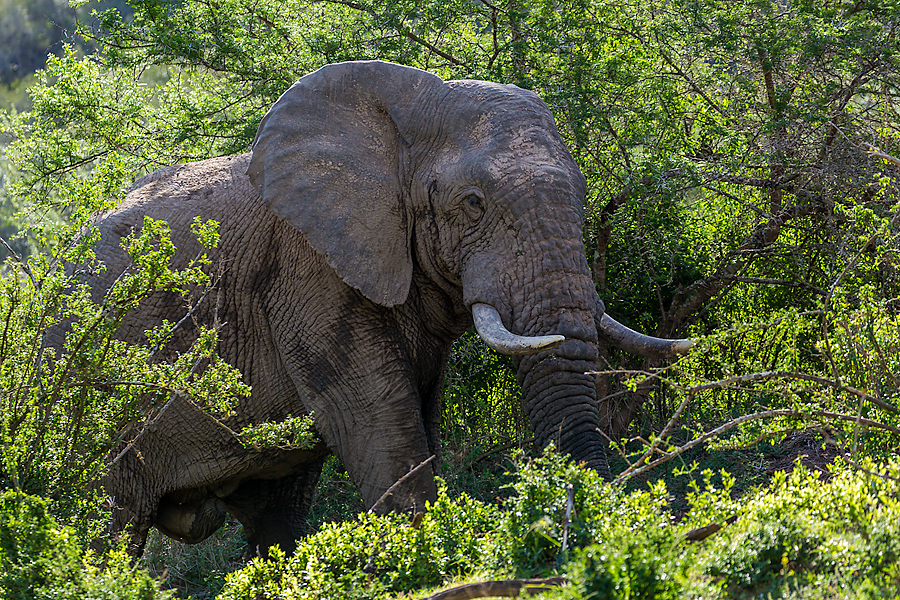
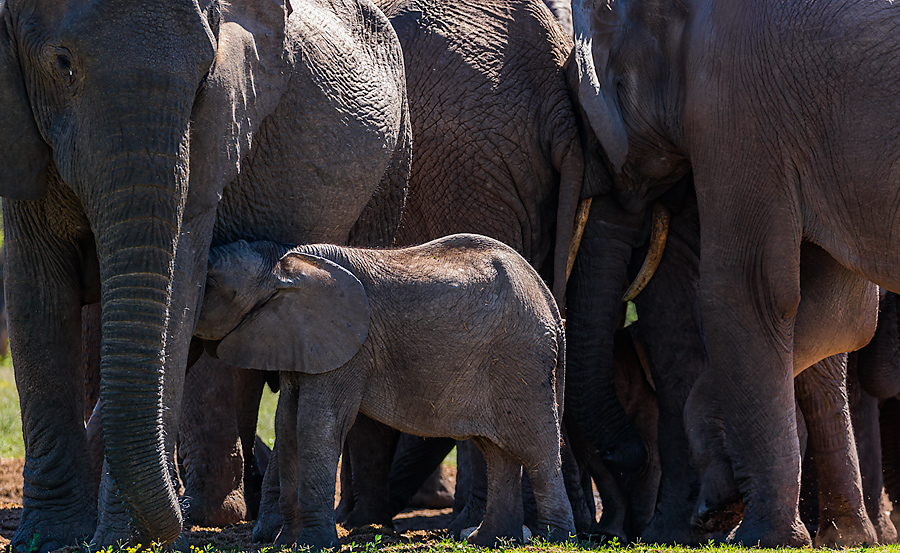
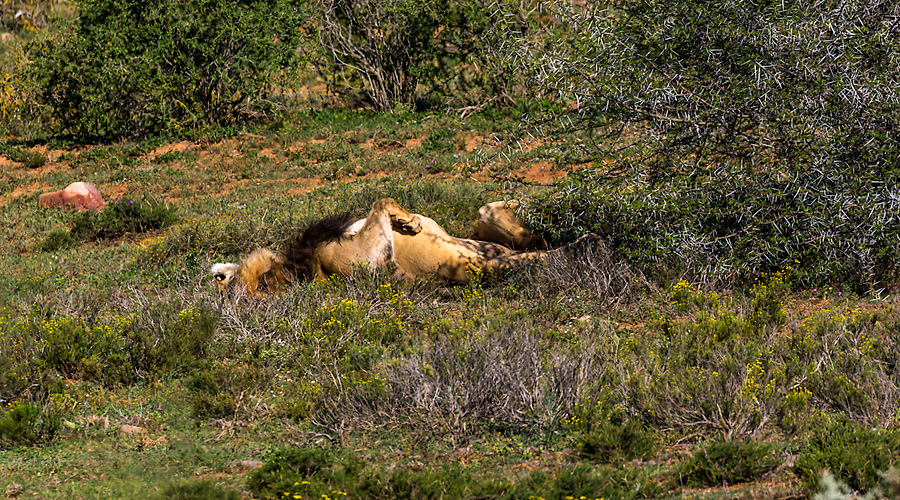
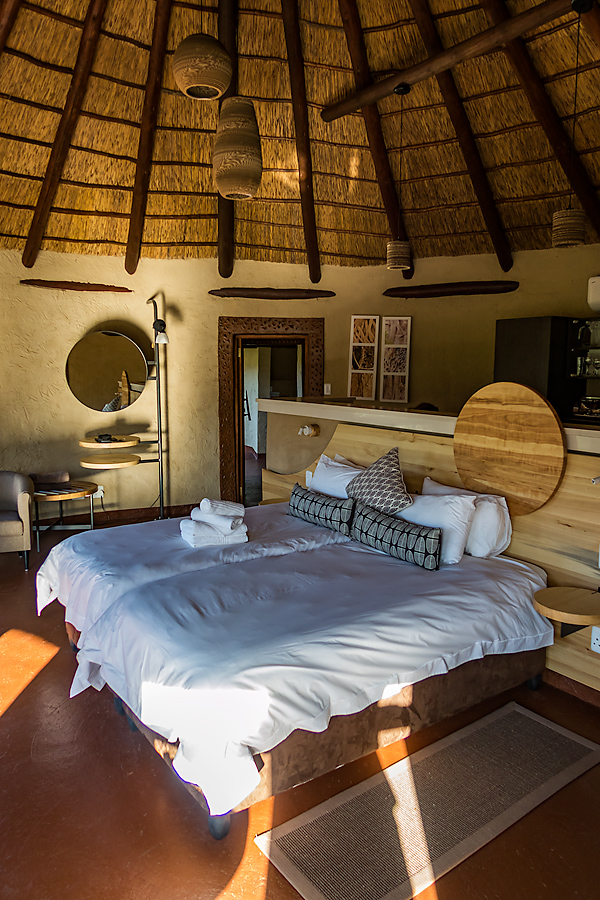
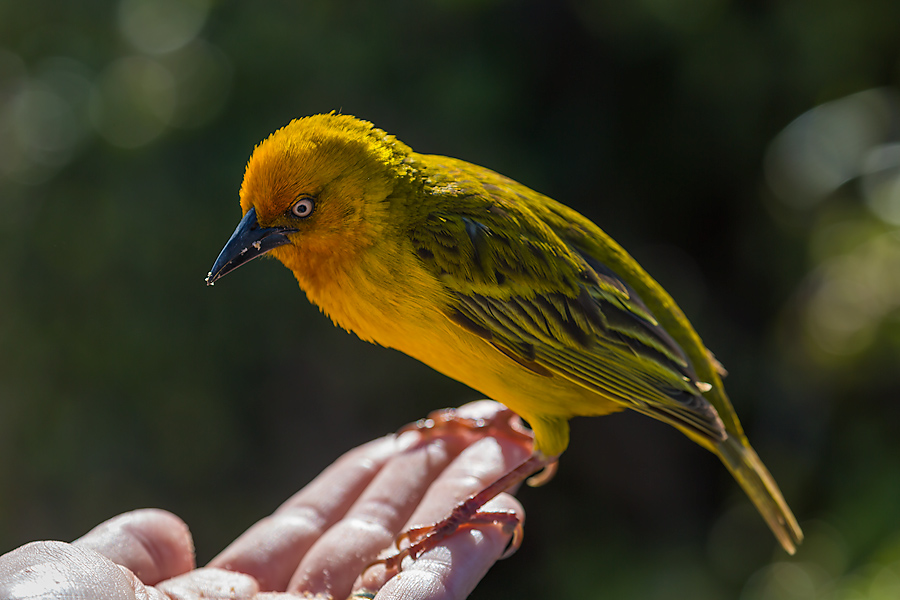
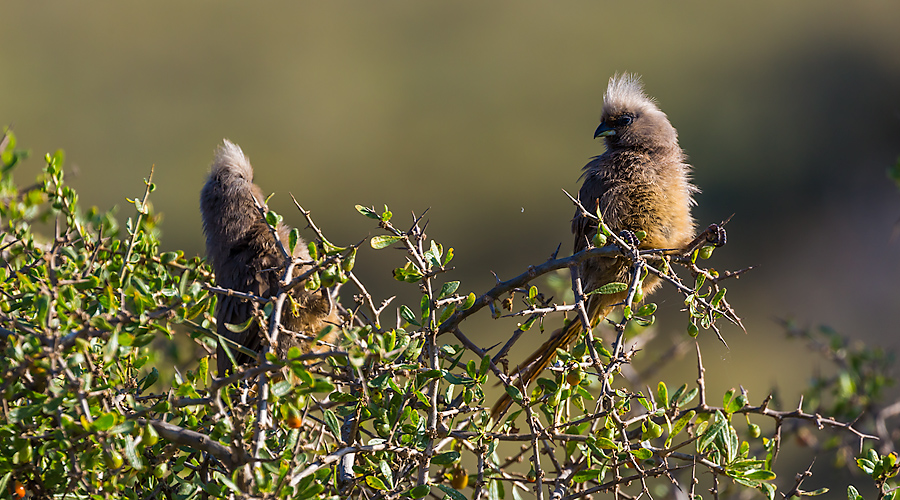
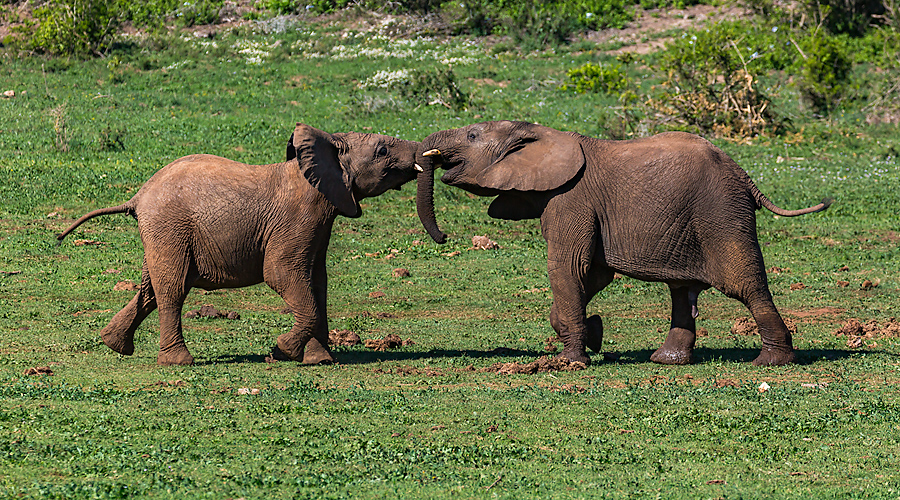
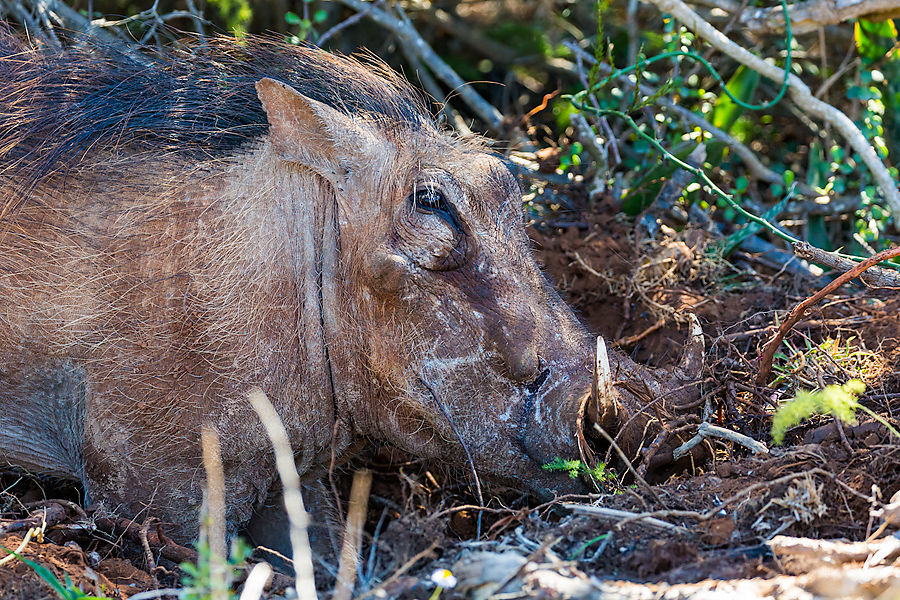
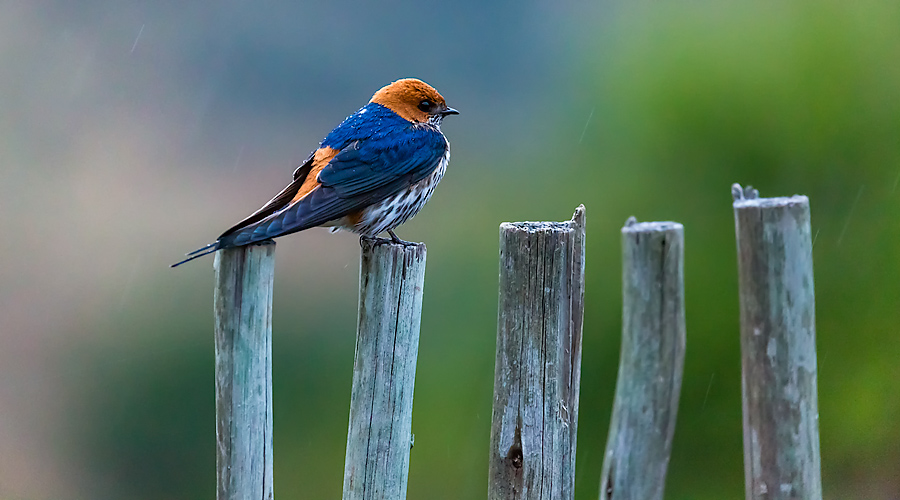
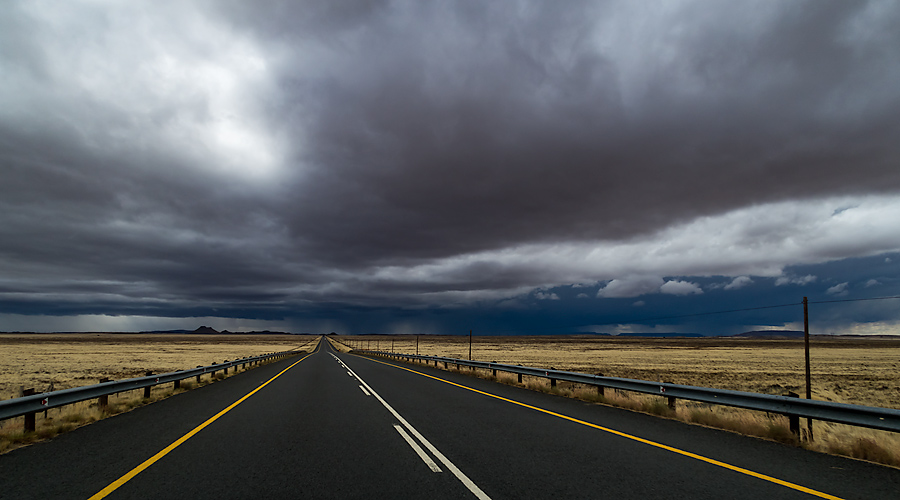
Comments
Germaine Versailles
Vince
Katherine Porter
Vince
M
Vince